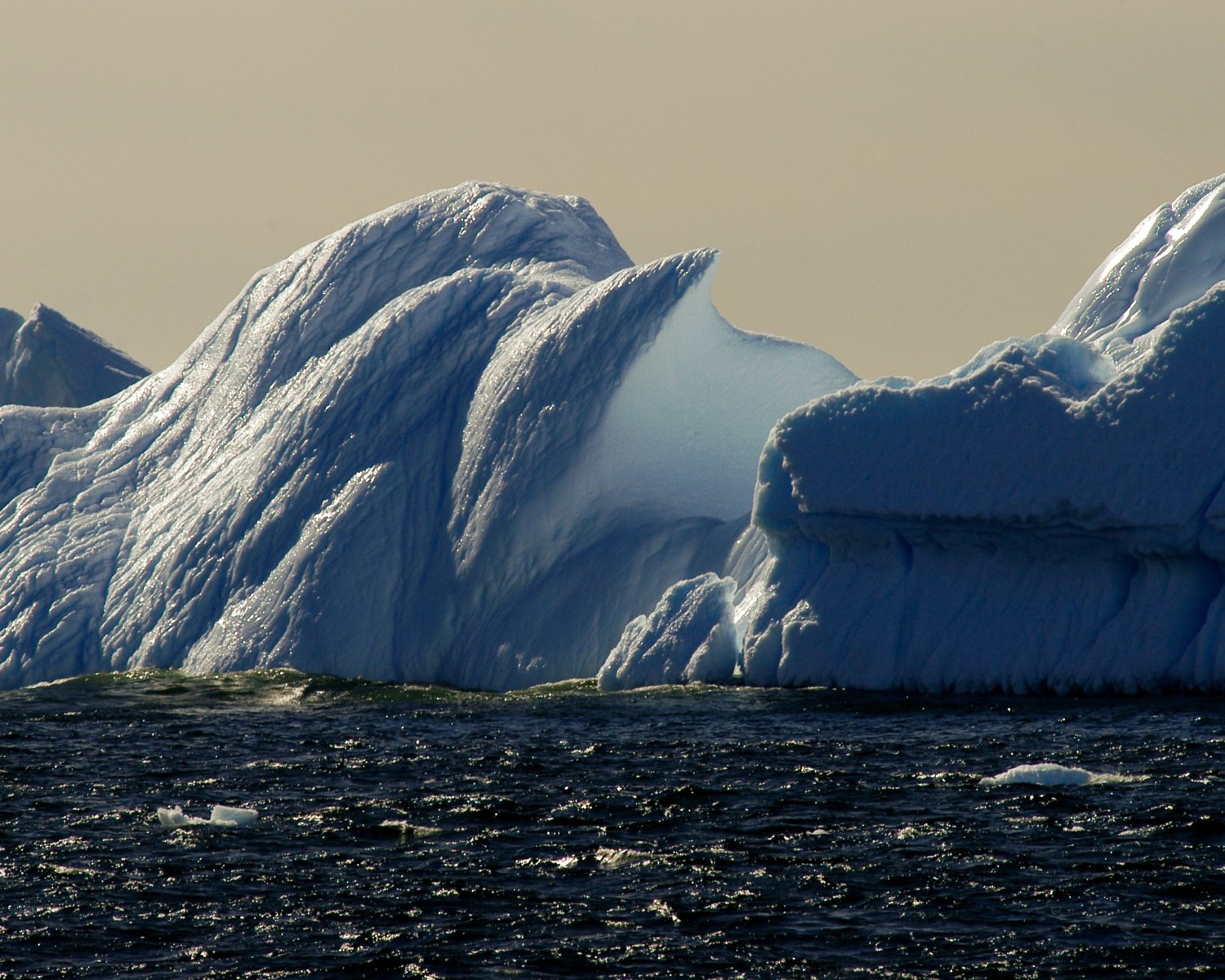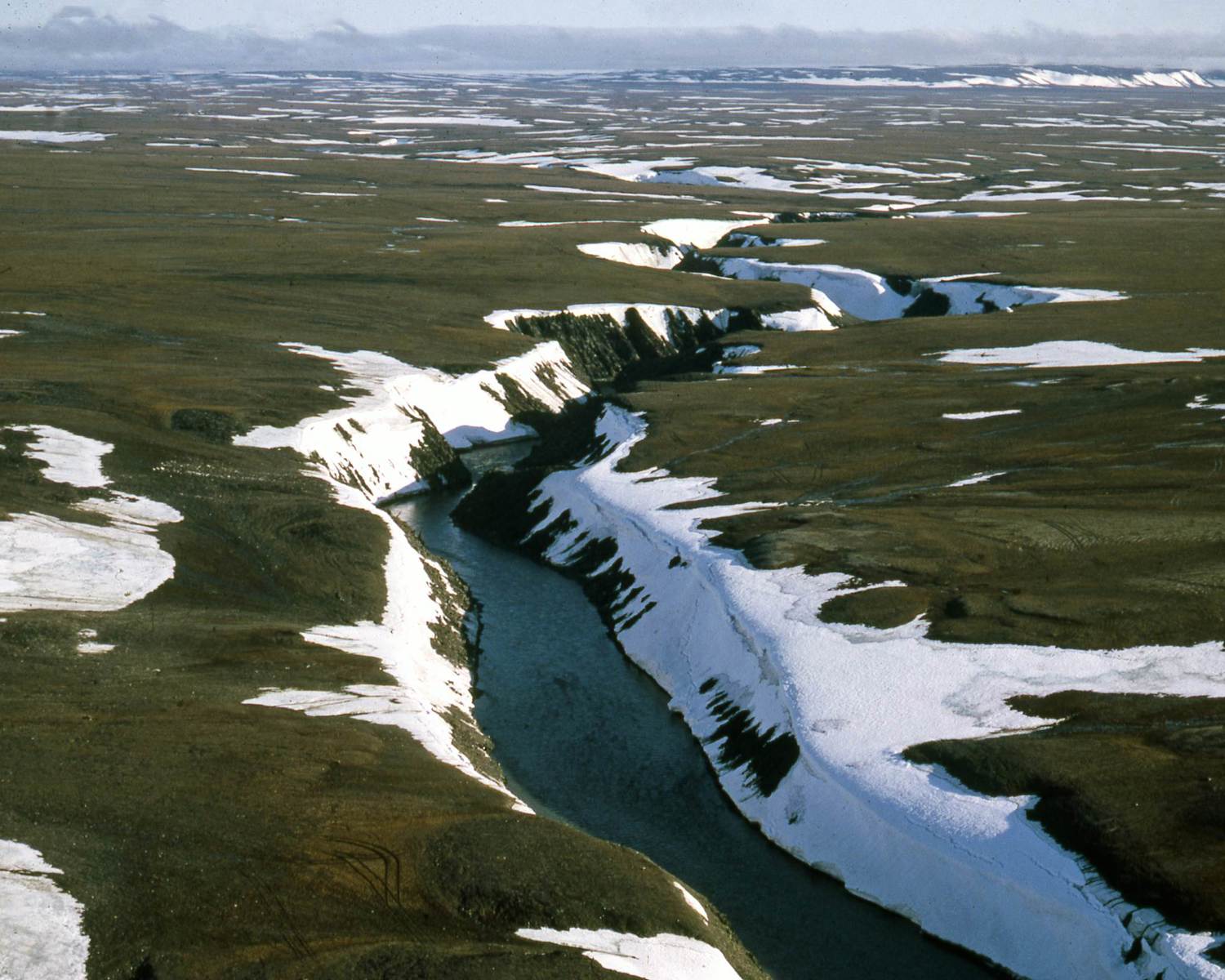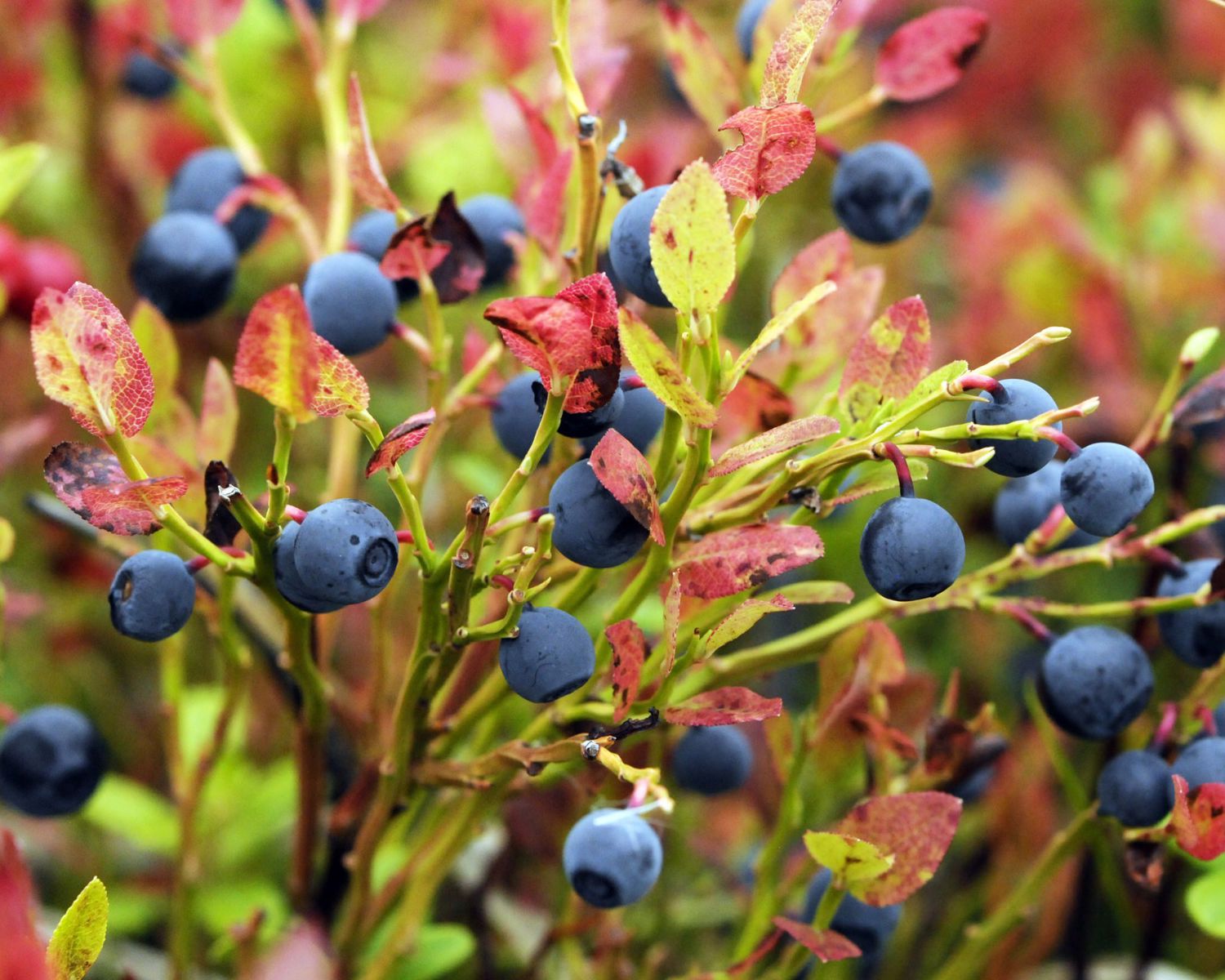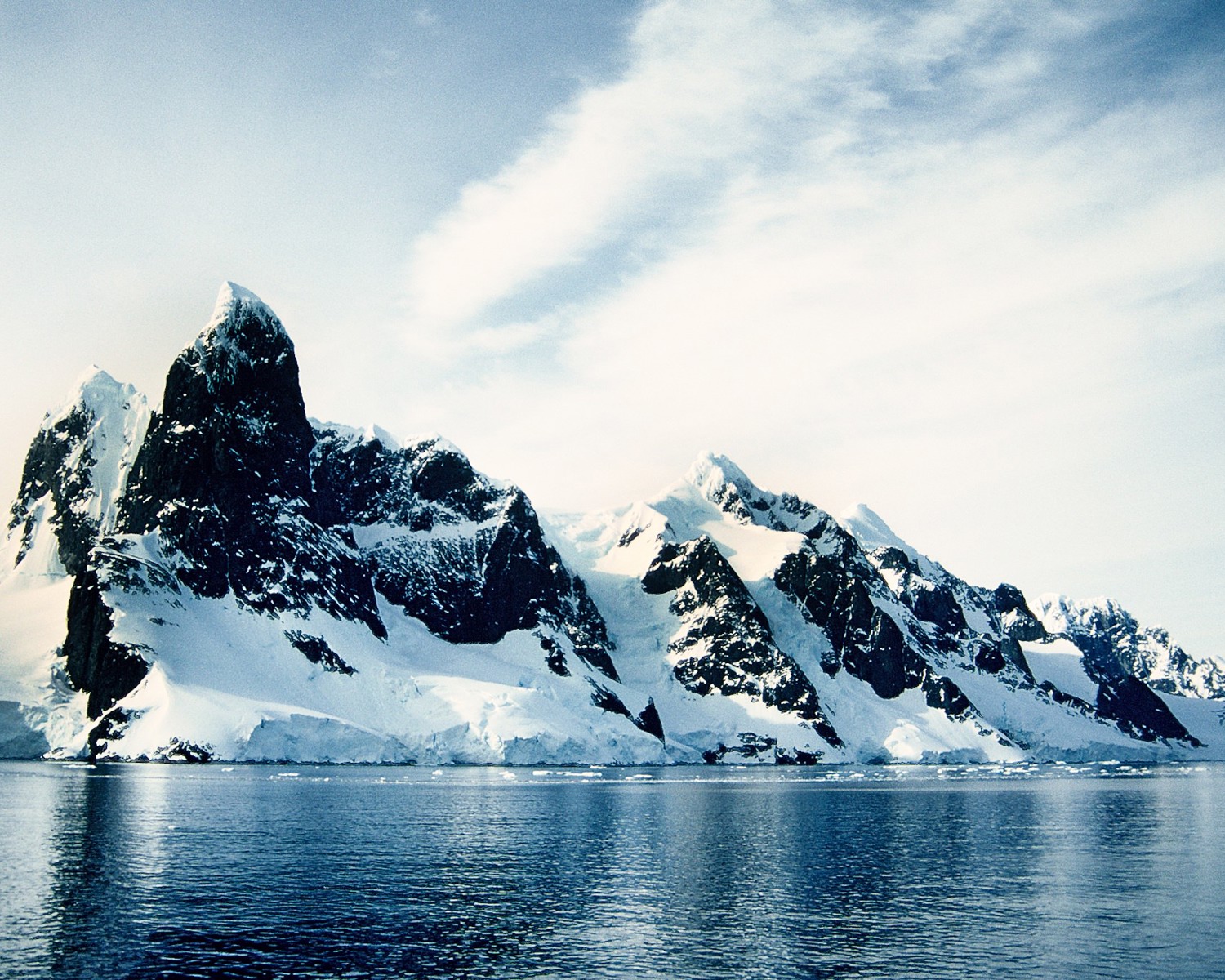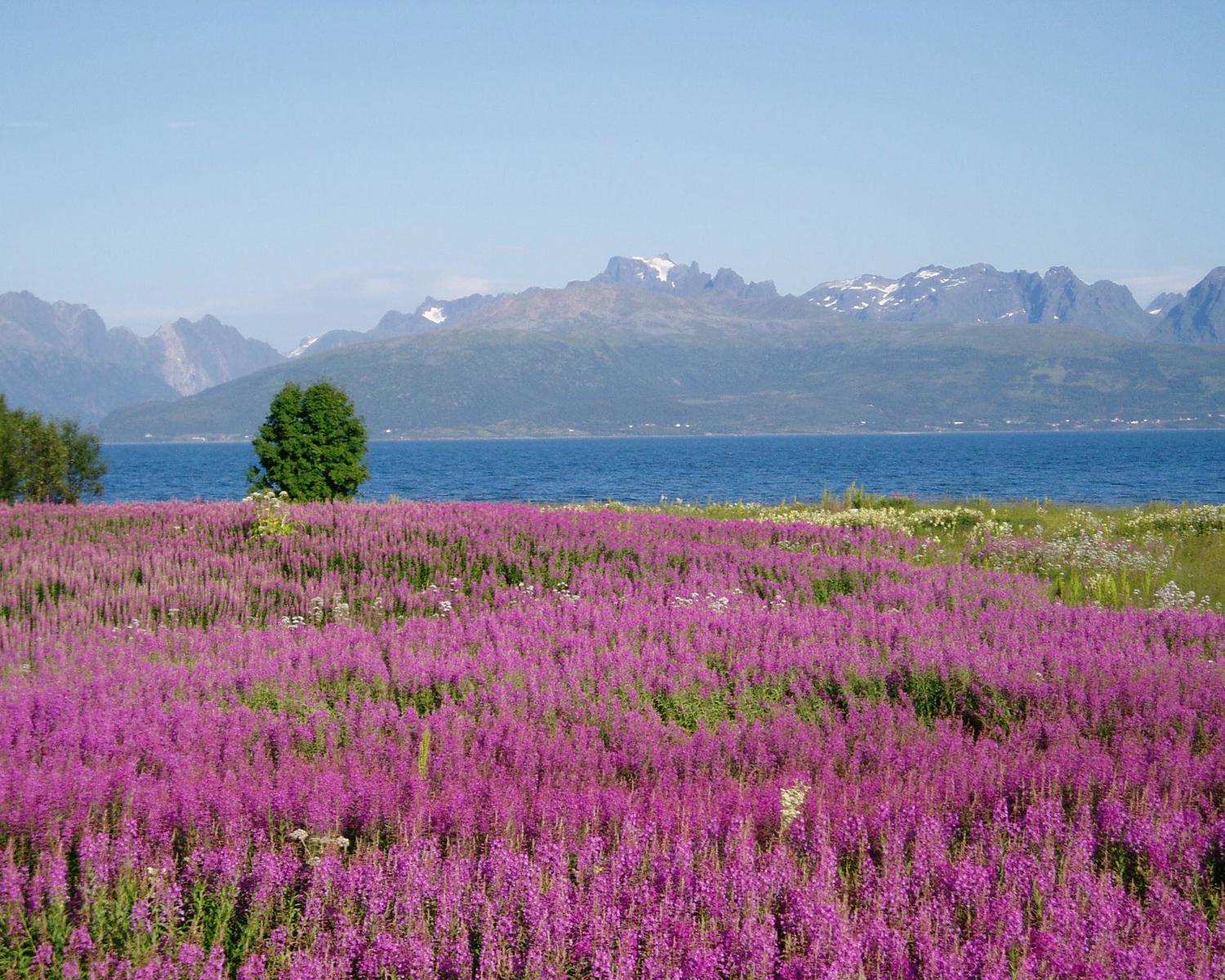Enhancing oceanic light availability below the photic layer
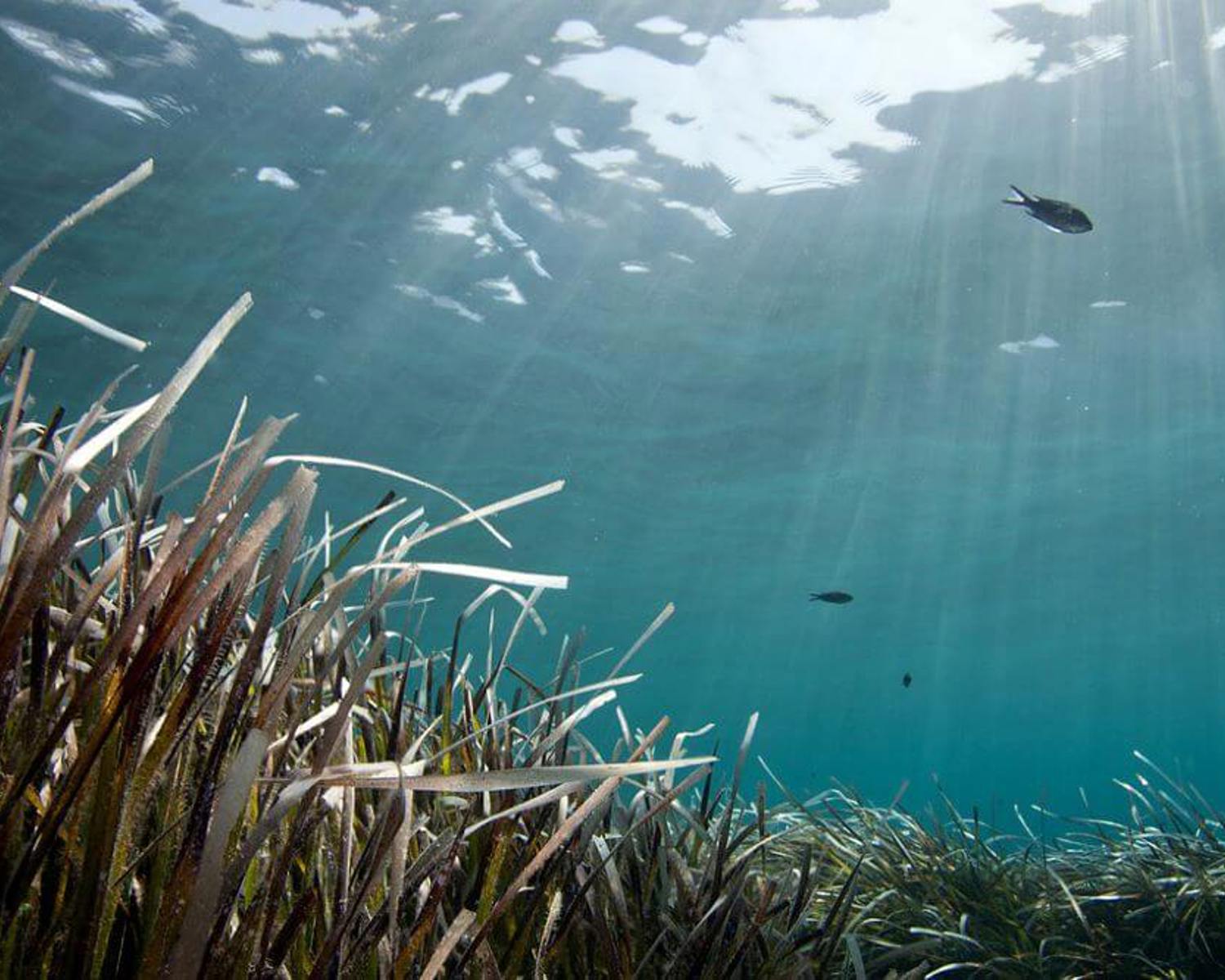
Ocean bioproductivity through photosynthesis stops beyond the photic layer as no more energy from the sun can penetrate beyond that point.
There have been some isolated speculations about a way to increase light availability at deeper levels, so as to allow more carbon sequestration in biomatter through photosynthesis. It is however very unclear how this would work. A reference to the idea can be found here: https://groups.google.com/g/CarbonDioxideRemoval/c/AXkmQwmXod0
Analysis overview

Technological Readiness Level (TRL)
Low 1
Technological Readiness Level (TRL)
A technology with a TRL of 1-3: TRL 1 – Basic; TRL 2 – Concept formulated; TRL 3 – Experimental proof of concept

Scalability
Low 1
Scalability
Physically unable to scale; sub-linear/logarithmic efficiency of scalability

Timeliness for near-future effects
Low 1
Timeliness for near-future effects
Implemented too late to make a significant difference

Northern + Arctic potential
Unknown 0

Global potential
Unknown 0

Cost - benefit
Unknown 0

Environmental risks
Some risk 2
Environmental risks
More widespread and possibly regional impacts that extend beyond the immediate solution deployment location

Community impacts
Unknown 0

Ease of reversibility
Unknown 0

Risk of termination shock
Unknown 0

Legality/governance
Challenging 2
Legality/governance
Fits within existing structures to a certain degree, but some policy changes are needed to deploy at scale

Scientific/media attention
Low 1
Scientific/media attention
Very low attention from individuals and/or abandoned ideas; low media attention; no commercial interest.
References
Levin, L.A., Alfaro-Lucas, J.M., Colaço, A., Cordes, E.E., Craik, N., Danovaro, R., Hoving, H.J. et al. (2023) Deep-sea impacts of climate interventions Ocean manipulation to mitigate climate change may harm deep-sea ecosystems. Science. Vol 379, Issue 6636 pp. 978-981 https://doi.org/10.1126/science.ade7521
Maggi, E. & Benedetti-Cecchi, L. (2018). Trophic compensation stabilizes marine primary producers exposed to artificial light at night. Marine Ecology Progress Series, 606, 1-5. https://doi.org/10.3354/meps12769



